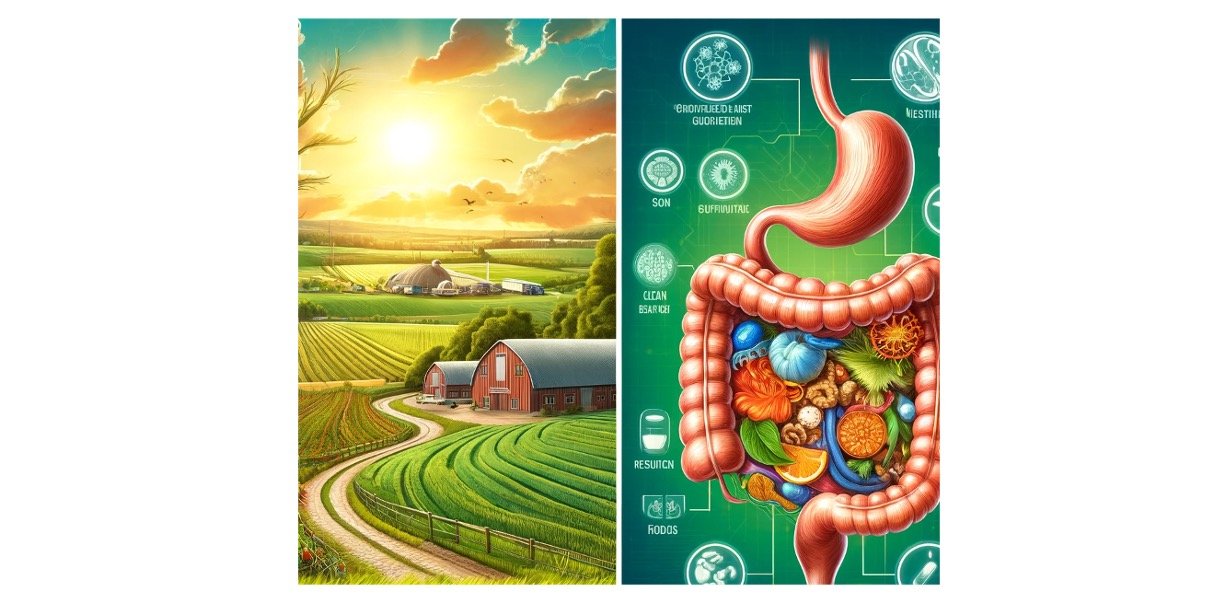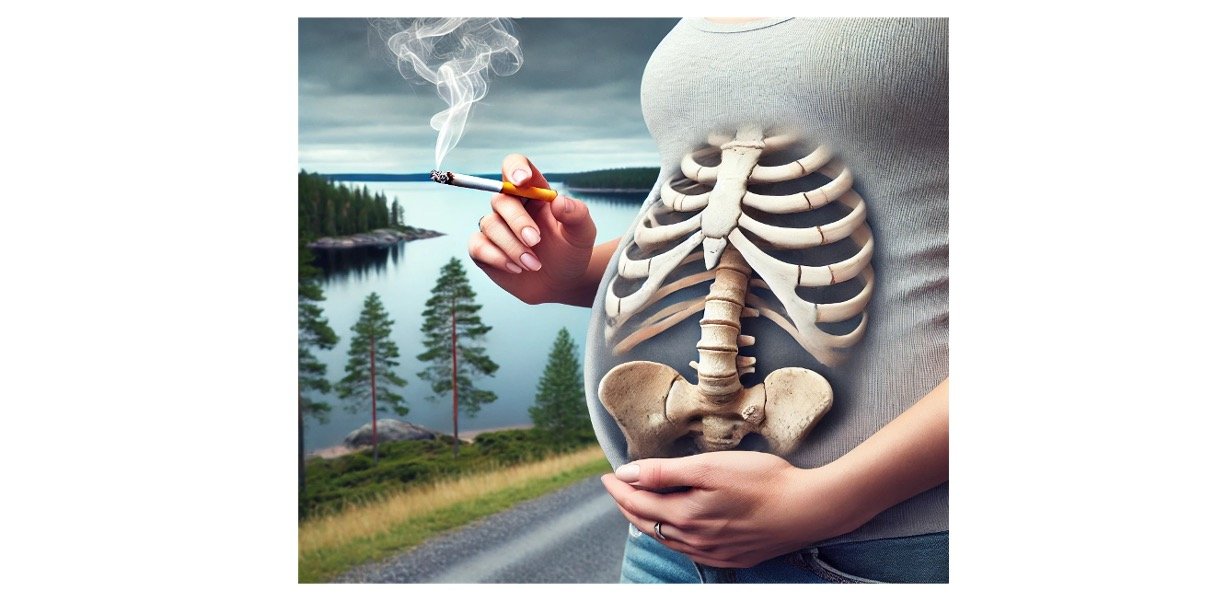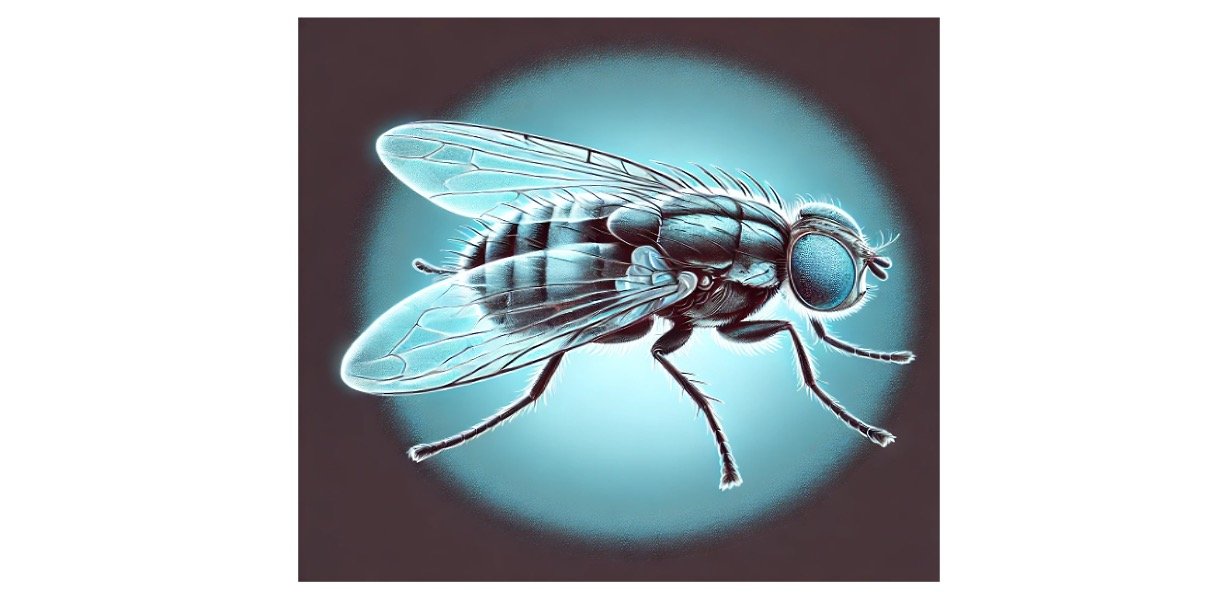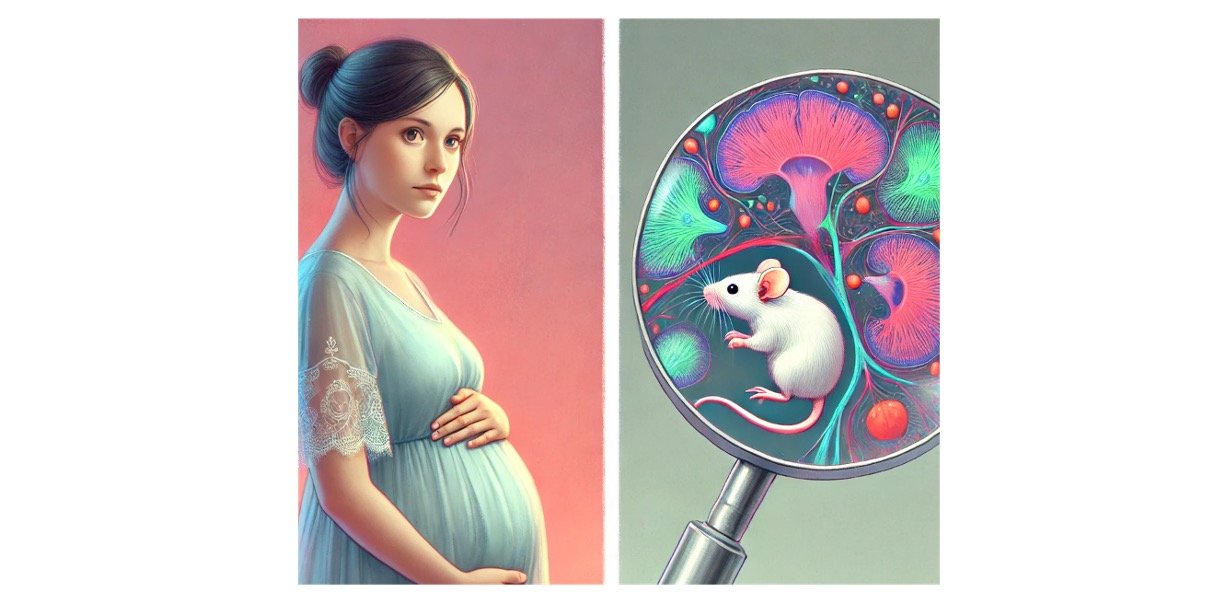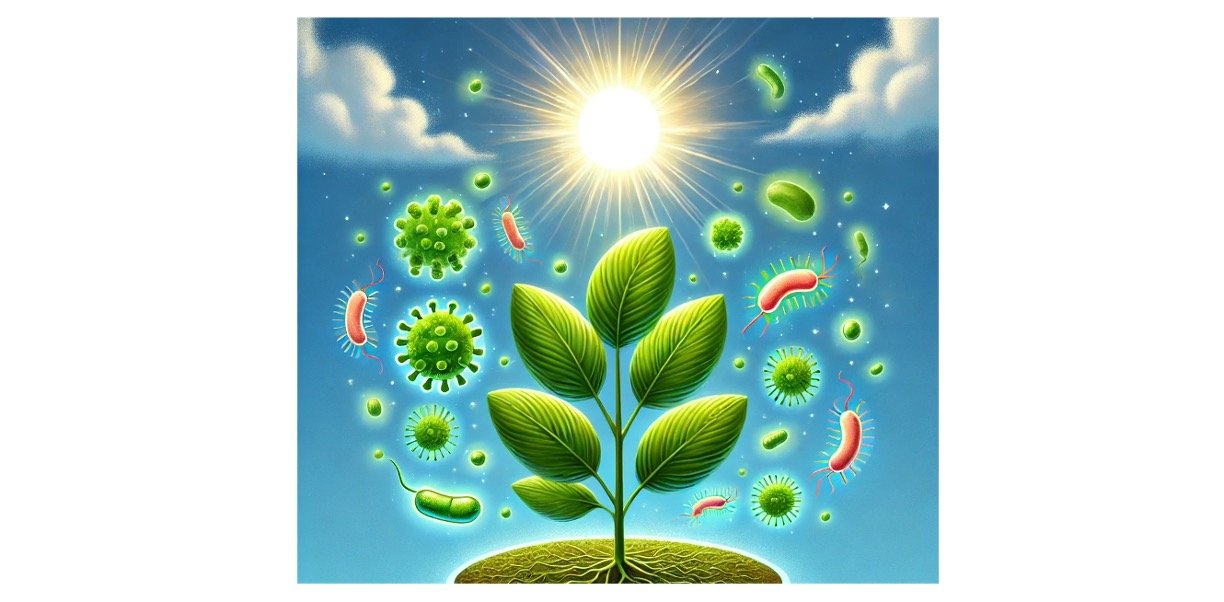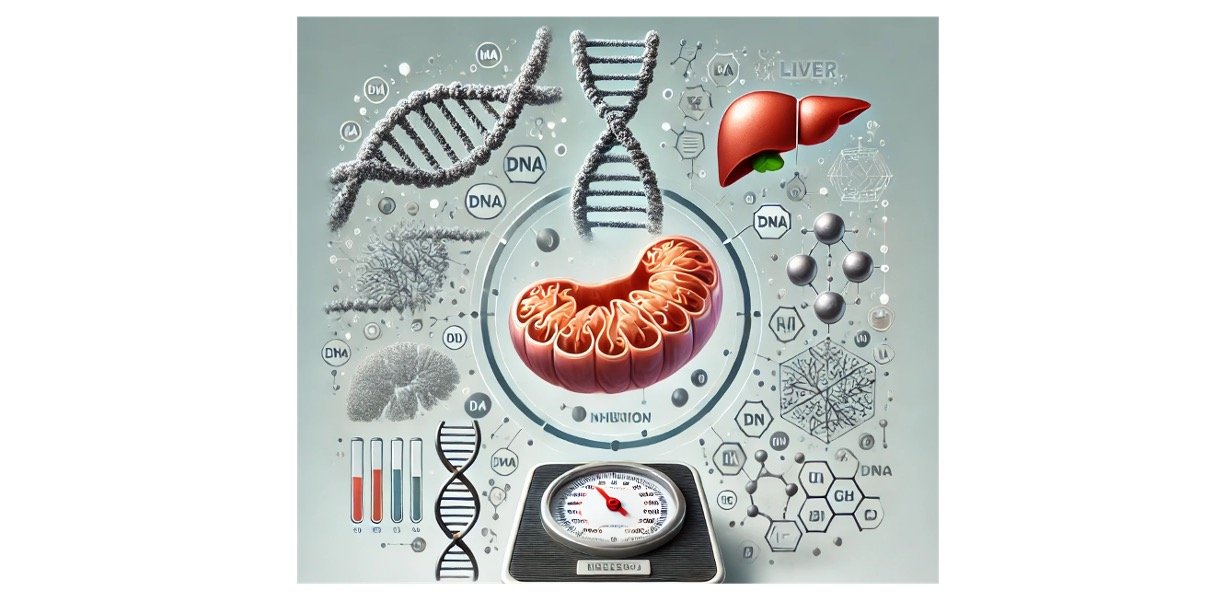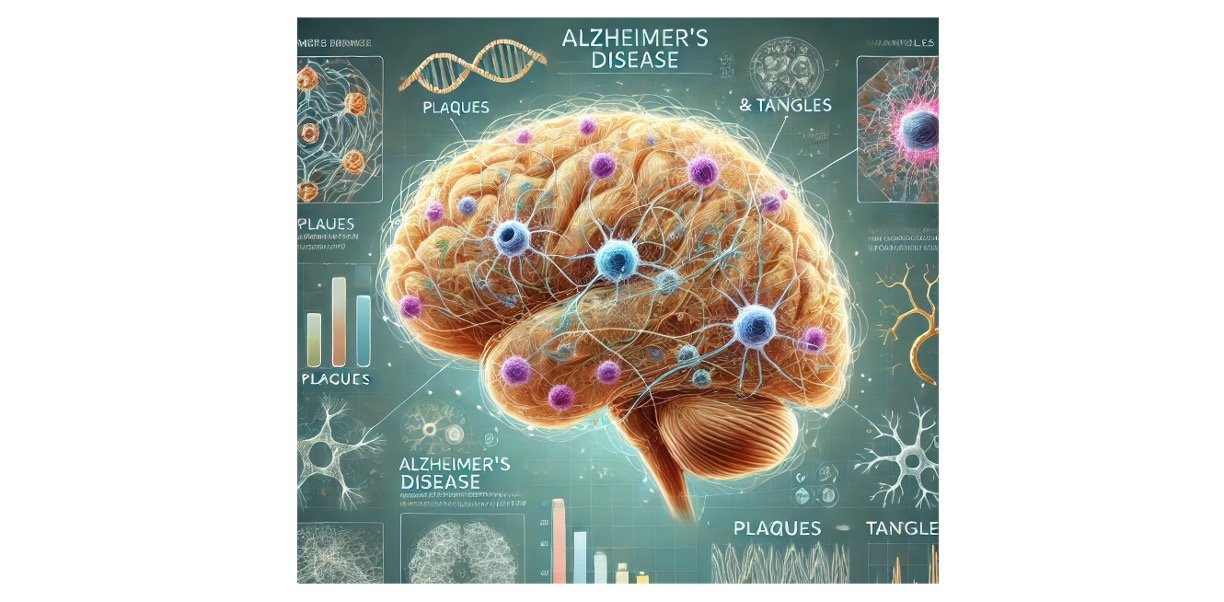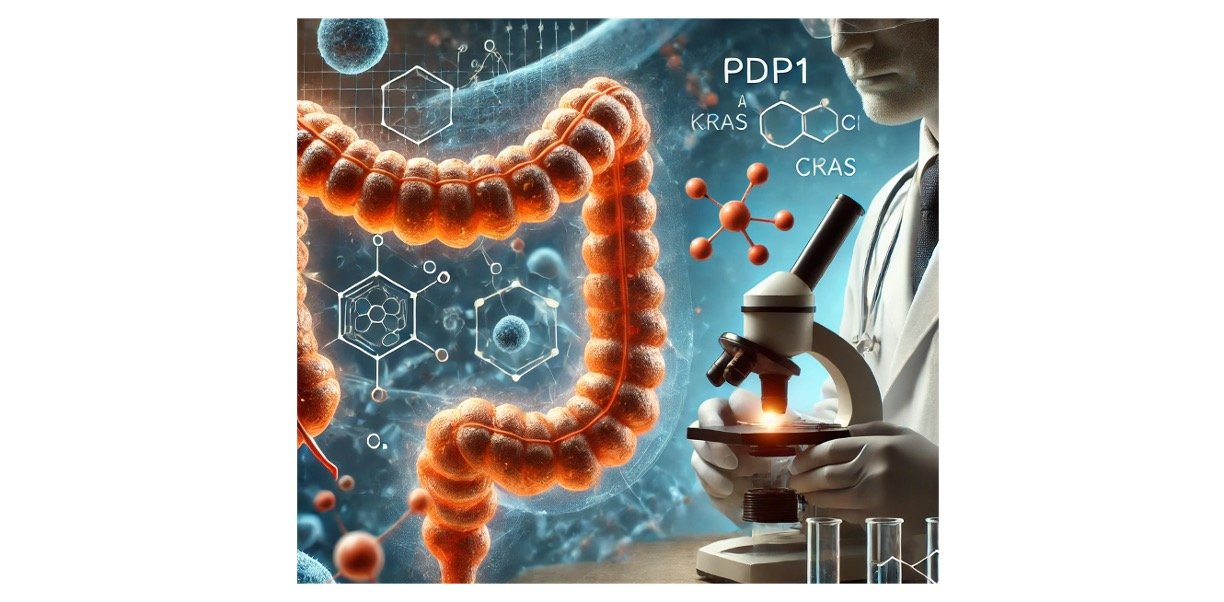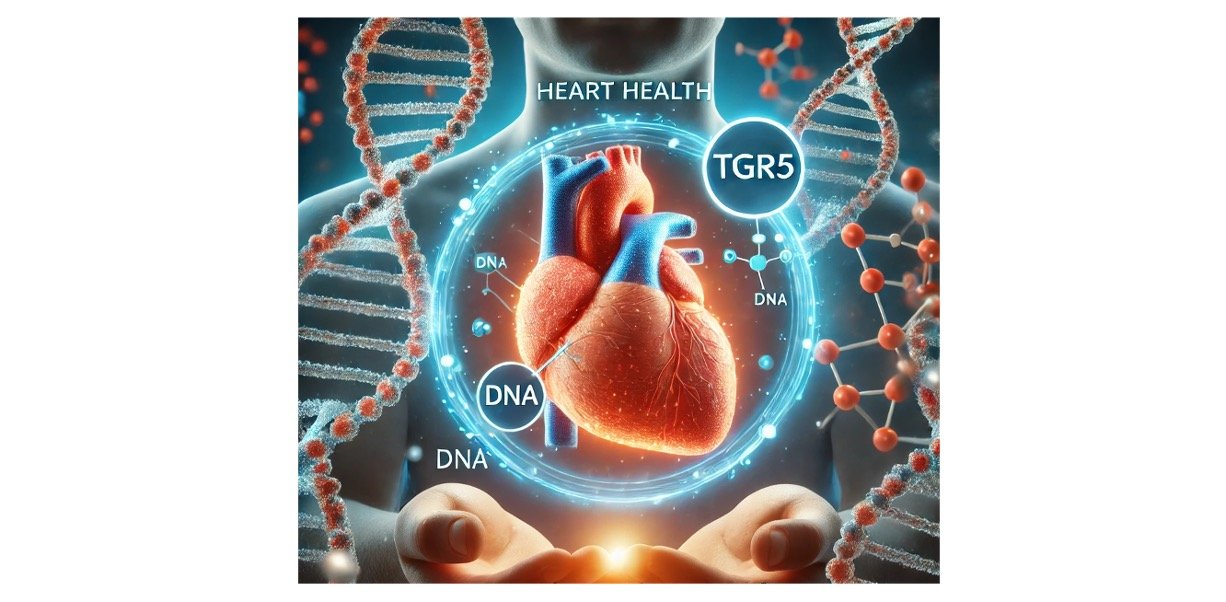What is Law of Multiple Proportions?
o The law of multiple proportion is also known as Dalton’s law which was proposed by English chemist and metrologist named John Dalton in 1804.
o This law was based on the observation of Dalton which states that when the elements combine to form two or more compounds the proportion of the elements in those chemical compounds can be articulated in this small whole number ratios.
o This is law of multiple proportions is also a part of the basis of modern atomic theory.
o This law of multiple proportion only applies to compounds which are composed of same elements.
o When SO2 and CO2 are taken together then one compound has sulfur (S) and one has carbon (C), thus, here the law of multiple proportions is not valid as compounds composed of only same elements is applicable to law of multiple proportions.
Postulates of Dalton's Atomic Theory
o All matter consists of tiny particles named atoms.
o Atoms cannot be created nor it can be destroyed.
o The atom is the smallest unit present in matter and take part in chemical reaction.
o Atoms of the same element are identical in their shape and mass.
o Atoms of different elements when combined in a constant ratio form compound.
o Atoms of the same element can also combine in more than one ratio to form different compounds
Law of Multiple Proportions Examples
o Assume two molecules of CO that is carbon monoxide and CO2 that is carbon dioxide
o CO contains 12 grams of carbon and 16 grams of oxygen
o CO2 contains 12 gram of carbon plus 32 grams of oxygen
o The ratio of mass of oxygen in each of the two compounds is expressed in the ratio 16 :32 which is equal to 1: 2
o Therefore, the law of multiple proportions is proved here.
o Another example of law of multiple proportions includes; Hydrogen and oxygen combine to form two compounds of H2O and one compound of hydrogen peroxide.
o Thus, the ratio of different weights of oxygen is 16 and 32 combining with a fixed weight of two hydrogen thus,16 I; 32 that is 1; 2 which is a simple whole number ratio.
o Therefore, Law of multiple proportions is proved here.
o Nitrogen reacts with oxygen to form numerous nitrogen oxides under various reaction conditions.
o Some of them include; nitrogen monoxide (NO), nitrogen dioxide (NO2), dinitrogen trioxide (N2O3), and dinitrogen pentoxide (N2O5).
o The amount of nitrogen taken is 14 g.
o When take the ratio of the amounts of oxygen that is required each reaction, thus the ratios obtained are 8:16:24:32:40 or 1:2:3:4:5.
o Thus, the ratio obtained is in small whole numbers and the given law of multiple proportions is also valid for more than two reactions.
Law of Multiple Proportions Limitations
o The existence of different isotopes of hydrogen like H1 or H2 causes differences. Thus, the same isotope should be used throughout the reaction for preparation of compounds.
o This law of multiple proportions fails often when heavy weight molecules are involved in the given reaction. Example for the same include biochemical reaction.
o Atomic masses of elements are not always in the whole number example the atomic mass of nitrogen. presumed to be 14 amu, but its value is 14.0067 amu. When the ratio of such number is taken, the results obtained are very large whole numbers.
o The law is valid only for normal reactions. It fails repeatedly when a non-stoichiometric compound is involved in the given reaction.
Law of Multiple Proportions Citations
Share

